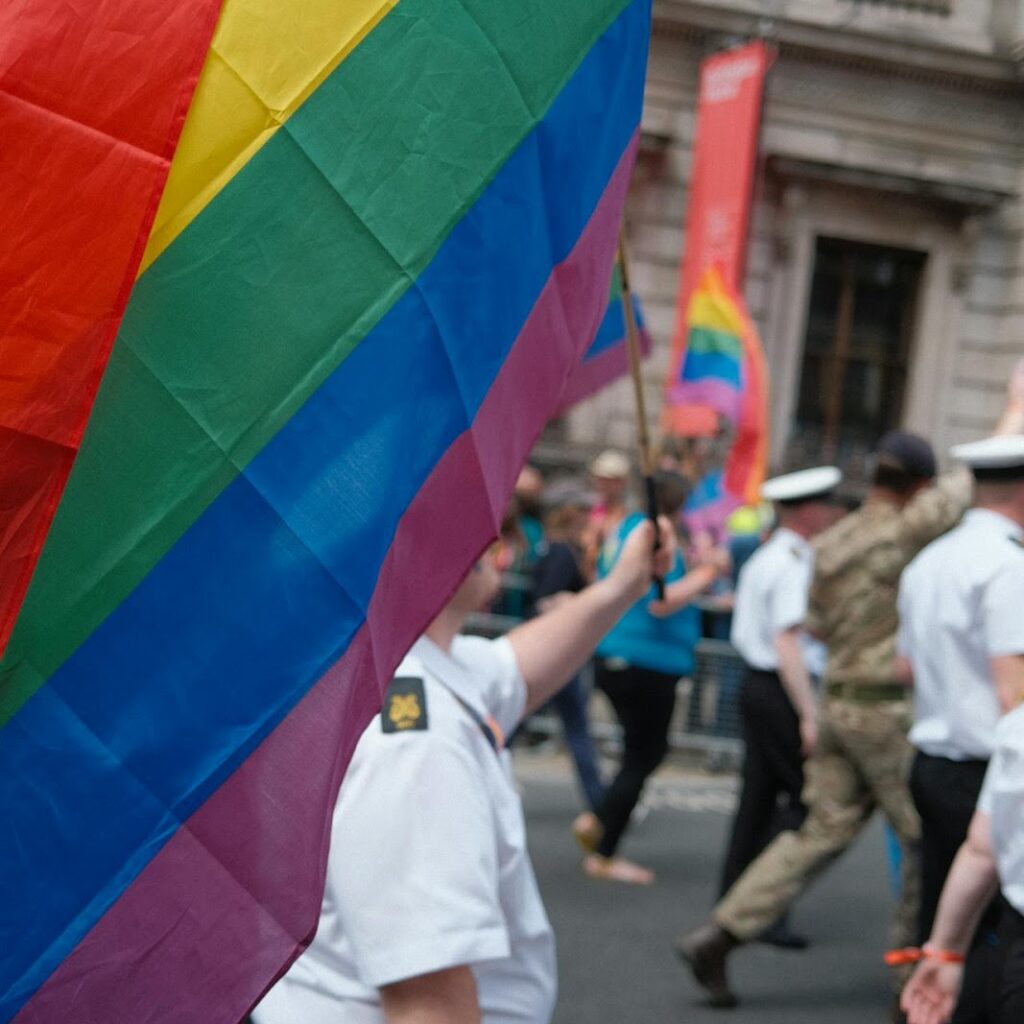The LGBTQ+ community is an incredible example of fighting for the right to exist, thrive, and live in peace amongst others. However, one place the LGBTQ+ community continues to wrestle with the right to exist is within the US Military. Though both communities share a common goal of fighting for what they believe in, there have been long-standing, firm efforts to prevent the union of the two groups.
Keep reading to learn about the obstacles LGBTQ+ individuals face in the US Military.
Don’t Ask, Don’t Tell (DADT)
One of the longest-standing anti-gay laws regarding gay individuals in the US Military was the federal policy Don’t Ask, Don’t Tell (DADT). Implemented on October 1, 1993, this policy prevented lesbian, gay, and bisexual individuals from serving in the military, along with instilling the fear of being discharged for their sexual orientation into those currently serving. The Human Rights Campaign, an organization dedicated to ensuring the equal treatment of LGBTQ+ individuals, writes that DADT operated on the false assumption that sexual orientation would undermine the ability of people to carry out their duties. In a remarkable win for a motion towards further equality and equity in the US military in 2010, the DADT policy was repealed. On September 20, 2011, the policy officially ended, granting anyone, regardless of sexual orientation, the opportunity to serve in the military.
Transgender People in the Military
Transgender rights have been a growing concern in recent years due to more awareness of their fight for equality, along with more recognition of their identity and existence. The US Military is one space where the transgender community still struggles to find acceptance, with conservative leadership moving towards banning transgender individuals from serving altogether.
Though transphobia and discriminatory practices bar trans individuals from recognition in the US Military, there are numerous notable transgender veterans whose service and legacy made a lasting impact on the community. The Department of Veterans Affairs provides a comprehensive list of remarkable transgender veterans, with one of the most well-known trans veterans being Monica Helms. Helms is not only the creator of the transgender flag, but she is also the founder of the Transgender American Veterans Association (TAVA).
Why are LGBTQ+ people in the military important?
Recognizing the existence of gay and transgender individuals is vital to building a community of diverse identities. People of all backgrounds, regardless of race, religion, gender, or sexual orientation, have the right to exist, and the denial of these dignities is a guaranteed path to the dismantling of the United States’ credo of equality, tolerance, and freedom. Despite the nation and its leaders’ suppression of gay and transgender identities, both the LGBTQ+ community and the US Military share the common trait of resilience, and both share the fight for freedom, whether it is from the ravages of war or the poison of discrimination. Persistence is a universal, biological impulse; making the choice and effort to exist peacefully and proudly amongst others is what humanity must strive for, rather than division.
Conclusion
The US Military has long been a tumultuous environment for the LGBTQ+ community. With federal policies like Don’t Ask, Don’t Tell, or even recent pushback against transgender individuals in the military, the gay and trans fight for equality continues. However, resilience is their greatest strength, as their efforts have created lasting impacts on the military/veteran community and the LGBTQ+ community.
Keep reading at Ferry Godmother Productions to learn more about other minority groups in the US Military.

